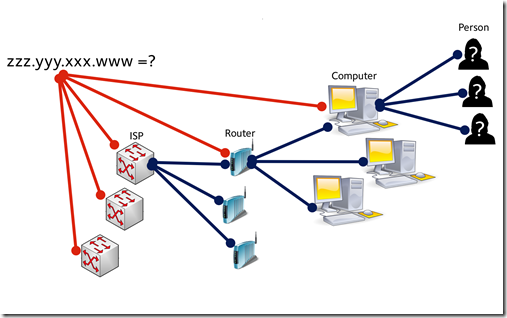When it comes to networking devices, many of us would definitely have heard of the name “D-Link” before, as this particular company is no stranger at all after being in the market for so many years. They have had their fair share of hits in the past.
But if you were to have a parallel in contemporary terms, D-Link’s brand is somewhat like Toyota or Honda – delivering a functional and reliable device, and yet they are not really all that eye-catching in the first place, and neither does it make the heart race when one sets their eyes on it. Having said that, D-Link has just made available the pre-order of their most advanced Gaming Router ever, the D-Link Gaming Router with Qualcomm StreamBoost technology, or the DGL-5500 if model numbers are your cup of tea.
But if you were to have a parallel in contemporary terms, D-Link’s brand is somewhat like Toyota or Honda – delivering a functional and reliable device, and yet they are not really all that eye-catching in the first place, and neither does it make the heart race when one sets their eyes on it. Having said that, D-Link has just made available the pre-order of their most advanced Gaming Router ever, the D-Link Gaming Router with Qualcomm StreamBoost technology, or the DGL-5500 if model numbers are your cup of tea.
The D-Link Gaming Router would come with AC1300 wireless speeds that are unique to traffic shaping and bandwidth management, and it will also work in tandem with a quartet of gigabit Ethernet ports so that it can deliver the ultimate in gaming performance, media streaming and network control. Of course, placing a pre-order would still mean that a little bit of waiting is in order, and those who are interested in picking up the D-Link Gaming Router at $199.99 a pop via newegg.com would have to wait until August 1st for shipping to commence.
Listen to what Daniel Kelley, vice president of marketing, D-Link Systems, Inc., had to say about the Gaming Router, “The Gaming Router represents the ultimate in high-performance connectivity to give power users the ability and control they need to do what they love online without the concern or interruption of buffering and lag. Today’s action role-playing games and MMOs are more competitive than ever and with limited bandwidth coming into the home, gamers need to ensure they’re making the most of their connectivity to maintain an advantage. With Qualcomm StreamBoost technology, the new Gaming Router is designed to do just that – shape the network traffic to help gamers do more and lag less.”
I admit, this is the first time that I have heard about the Qualcomm StreamBoost technology, but apparently it has been designed to deliver a robust connected experience to users regardless of the device that they use over the home network, and this is achieved by intelligently managing and shaping traffic, while providing individual devices and applications the priority and bandwidth required in order to enjoy optimal performance.













